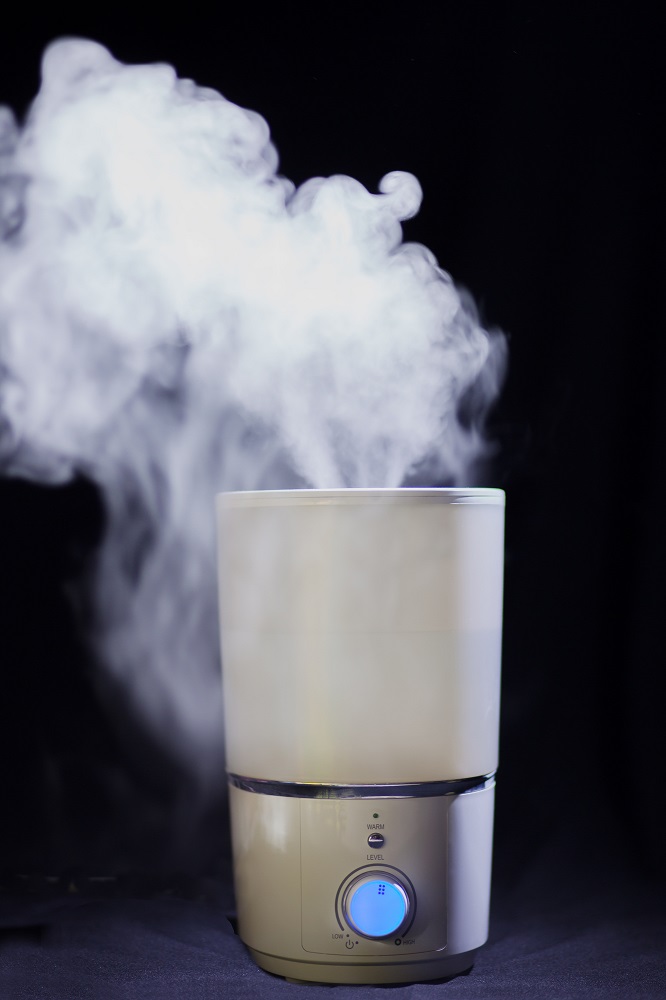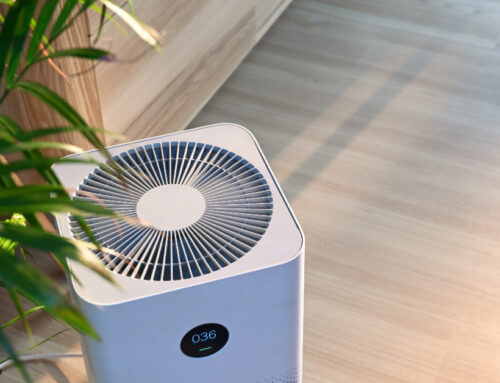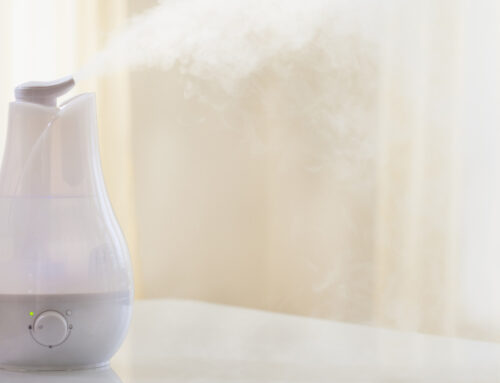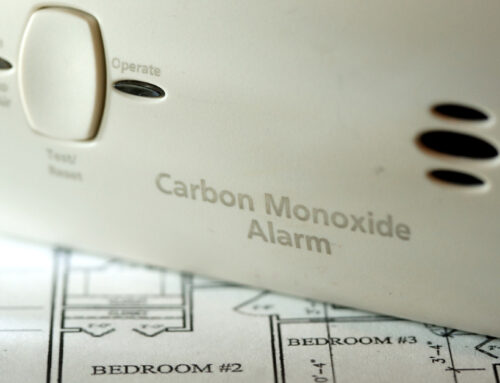Living in Nevada, we are very familiar with the concept of low humidity, but what is it, really?
Humidity refers to the amount of water vapor in the atmosphere. Relative humidity, a term used by weather forecasters, measures the actual amount of moisture in the air compared to the total amount of moisture that the air can hold. An important factor in determining how much moisture air can hold is its temperature – colder air holds less moisture than warm air does.
Nevada’s low humidity
Here in Nevada, we often hover around 20 percent for relative humidity, so it feels dry because our air is holding one-fifth (or less) of the moisture it is capable of holding.
Winds along the west coast typically blow west to east which brings cool air (which holds less moisture) from the cool water onshore. Additionally, the Sierra Nevada blocks much of the moisture coming in from Pacific storms.
Home humidity
Since cold air holds less moisture than warm air does, there is less moisture in the air during winter time. To make matters worse, when humidity levels dip, the ambient air feels cooler and we turn up the heat. A properly sealed home will require less humidification, in addition to added efficiencies for your furnace.

If humidity levels in the home dip too low, your furniture and house can deteriorate. Wood floors, furniture and millwork may split and crack, paint could chip and electronics can be damaged. Additionally, dry, cracked skin and dry nasal passages may make it easier for germs and viruses to enter your system.
While you may not actually need a humidifier, it may make your home more comfortable by helping to reduce dry skin, itchy eyes and irritated nasal passages, and by reducing static electricity. Adding a humidifier to your home can remedy low humidity with varying degrees of effectiveness and cost.
Natural Evaporation
Adding moisture to the air is as simple as placing a vessel of water on top of, or next to, a radiator or other air heating system, or hanging wet clothes out on a drying rack or hanging in doorways. This is a very low-tech and low power method; however, the strength and humidity controls are limited and available moisture is dependent on the size of the vessel used or the amount of wet clothes left out to dry. Vessels must be frequently refilled and cleaned.
Portable/Room Humidifier
The most common type of humidifier is a portable one and there are two types: cool mist and warm mist, both of which use a reservoir to hold water. The cool mist uses a wick to absorb the water and a fan blows air through a moistened filter. As the air passes through the filter, it evaporates some of the water into the room. Warm mist humidifiers use a heating element that heats the water before dispersing it into the air. Portable systems are easy to use and they can be moved as needed. However, similar to natural evaporation, control and measure of relative humidity is limited, and the reservoir must be refilled about every 24 hours and cleaned regularly.
Whole House Humidifiers
For the most controllable humidity system, adding a whole house humidifier to your furnace will distribute vapor directly into the heated air and circulate it throughout the house using your normal duct system. The whole house system is the most effective and the most expensive option. With a whole house humidifier, you control humidity levels with a device called a humidistat (like a thermostat). This method has the greatest humidification capacity and provides the most control overall.
If you choose to humidify, remember to keep the unit clean and the water fresh on the portable units. A wise man once said, “Do your research before purchasing anything.” Might have been me, but it’s great advice anyway.





